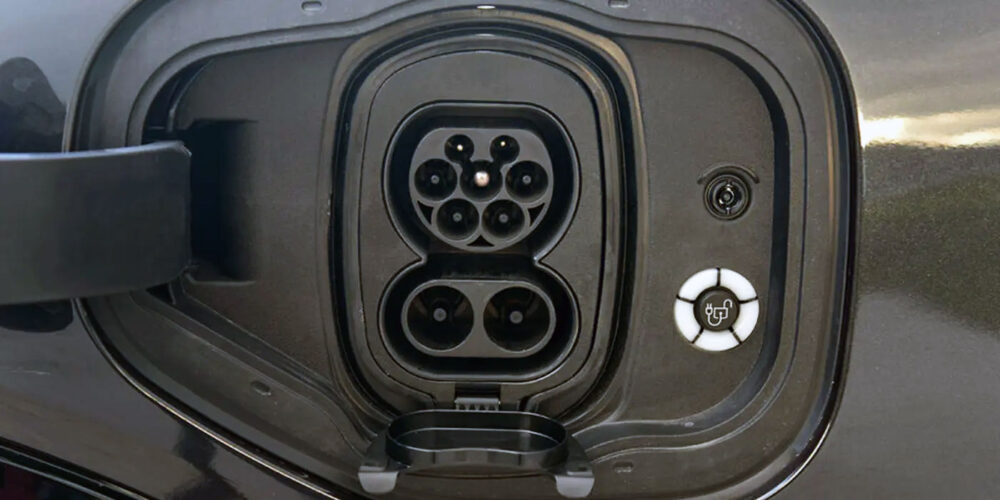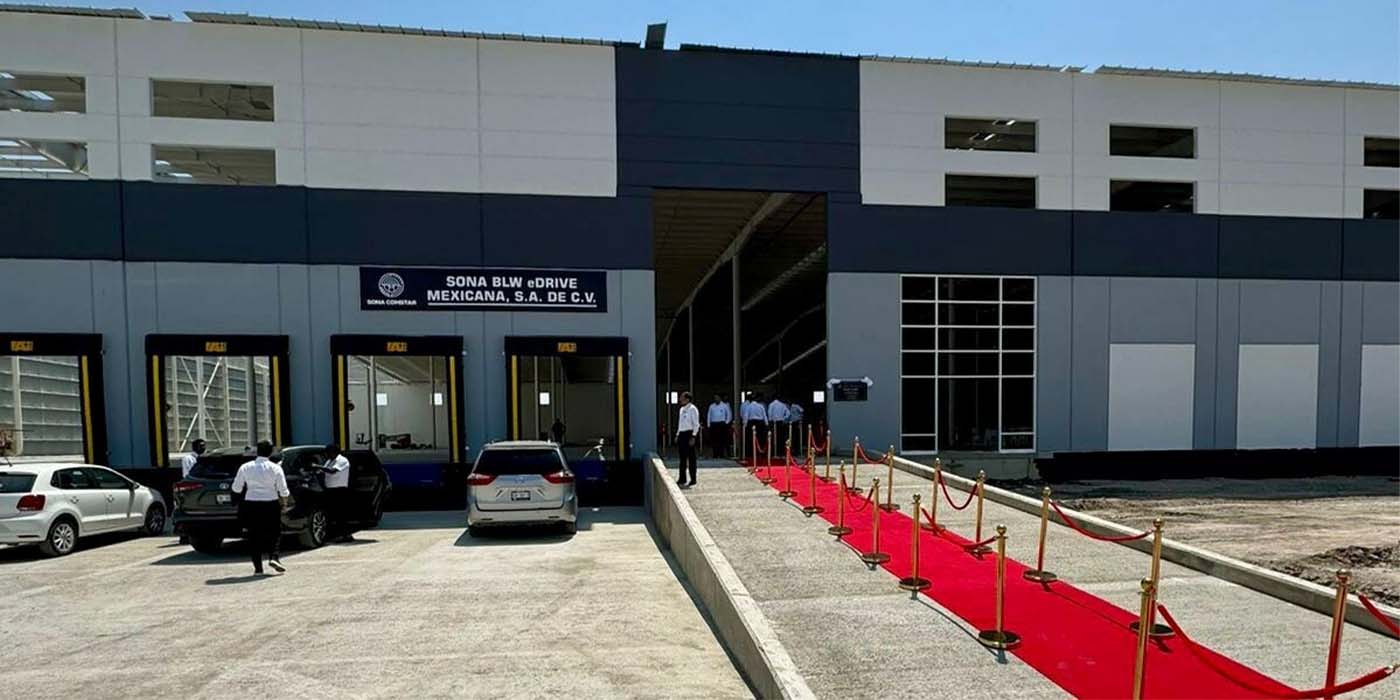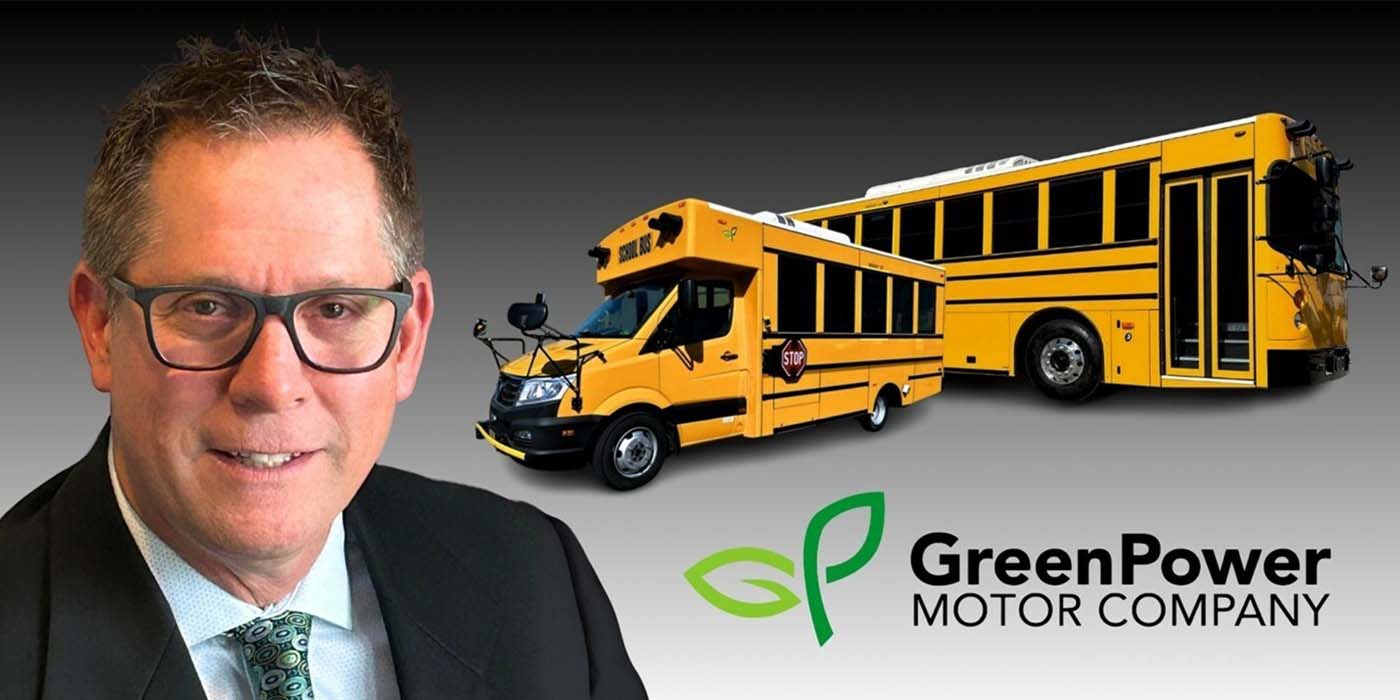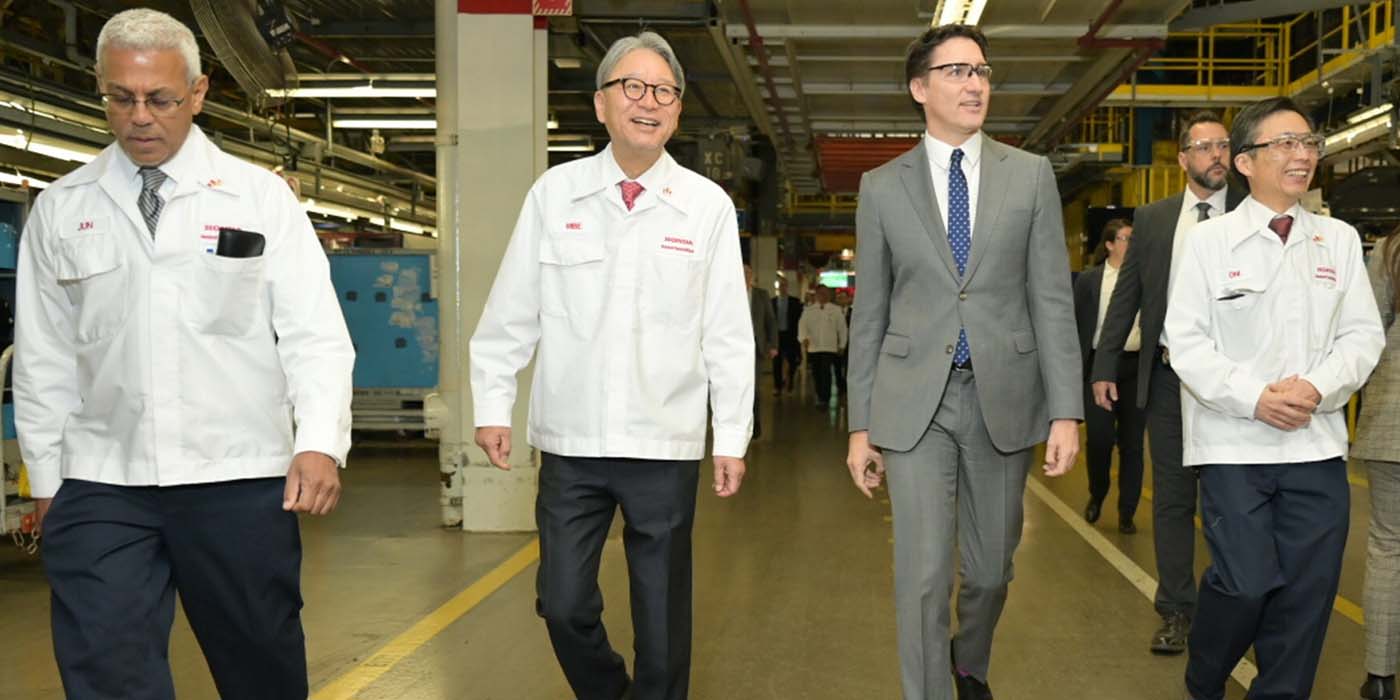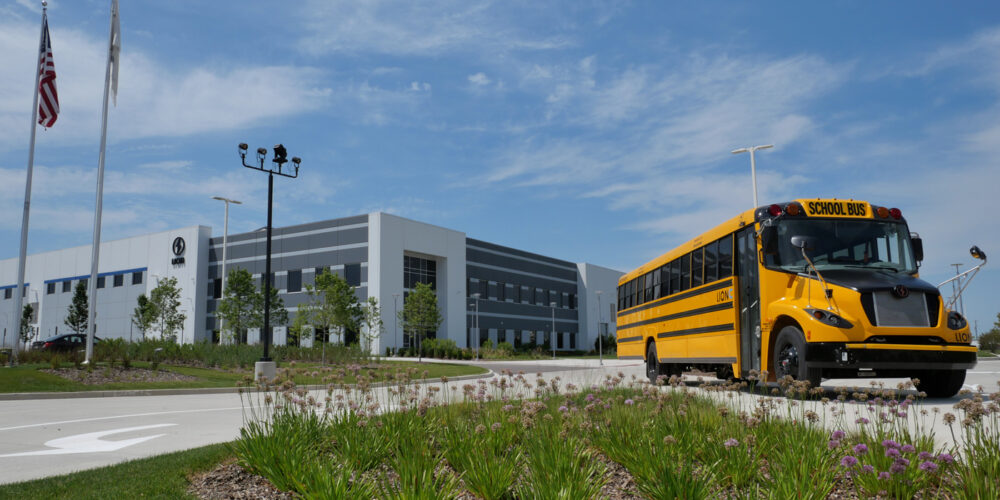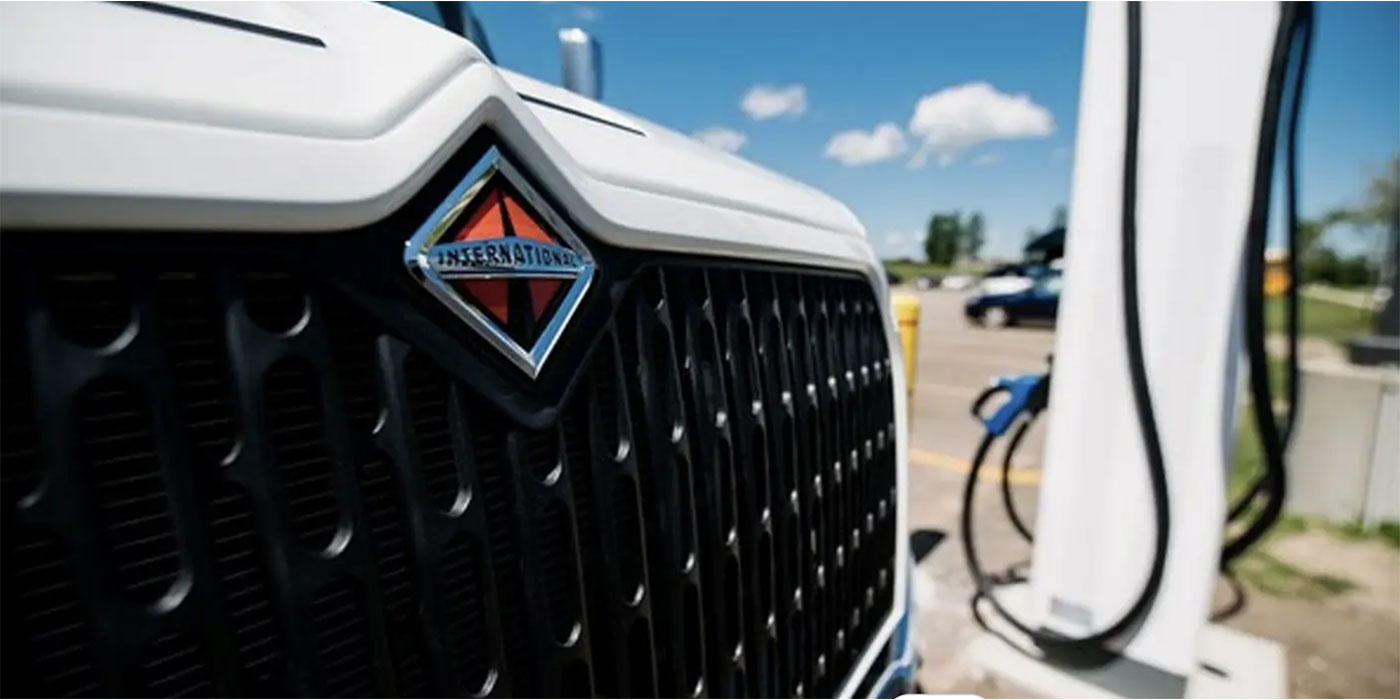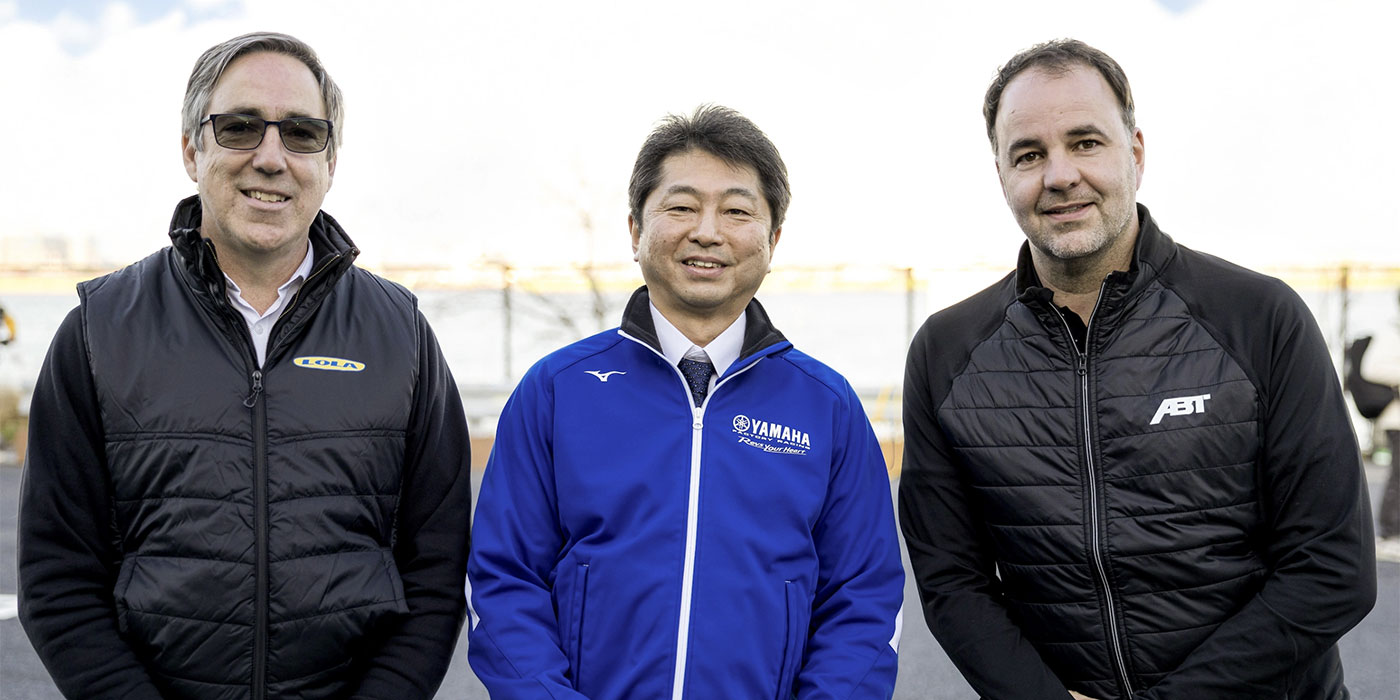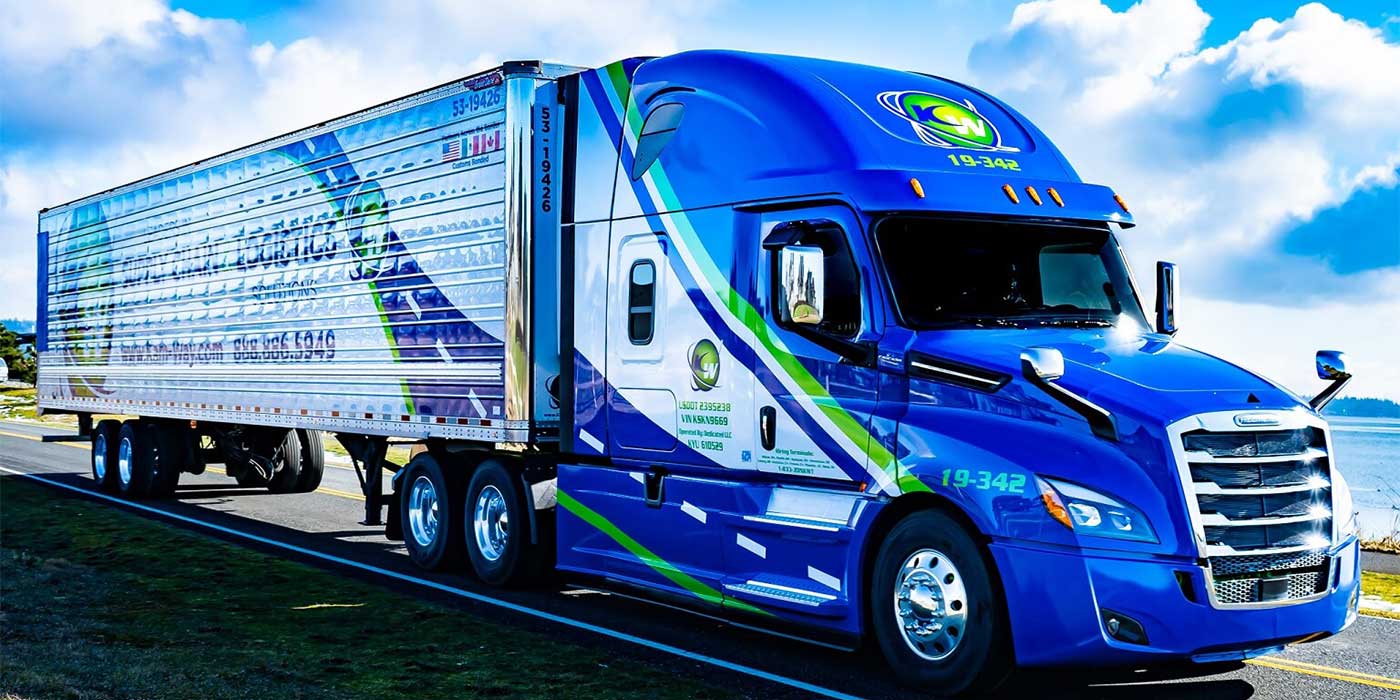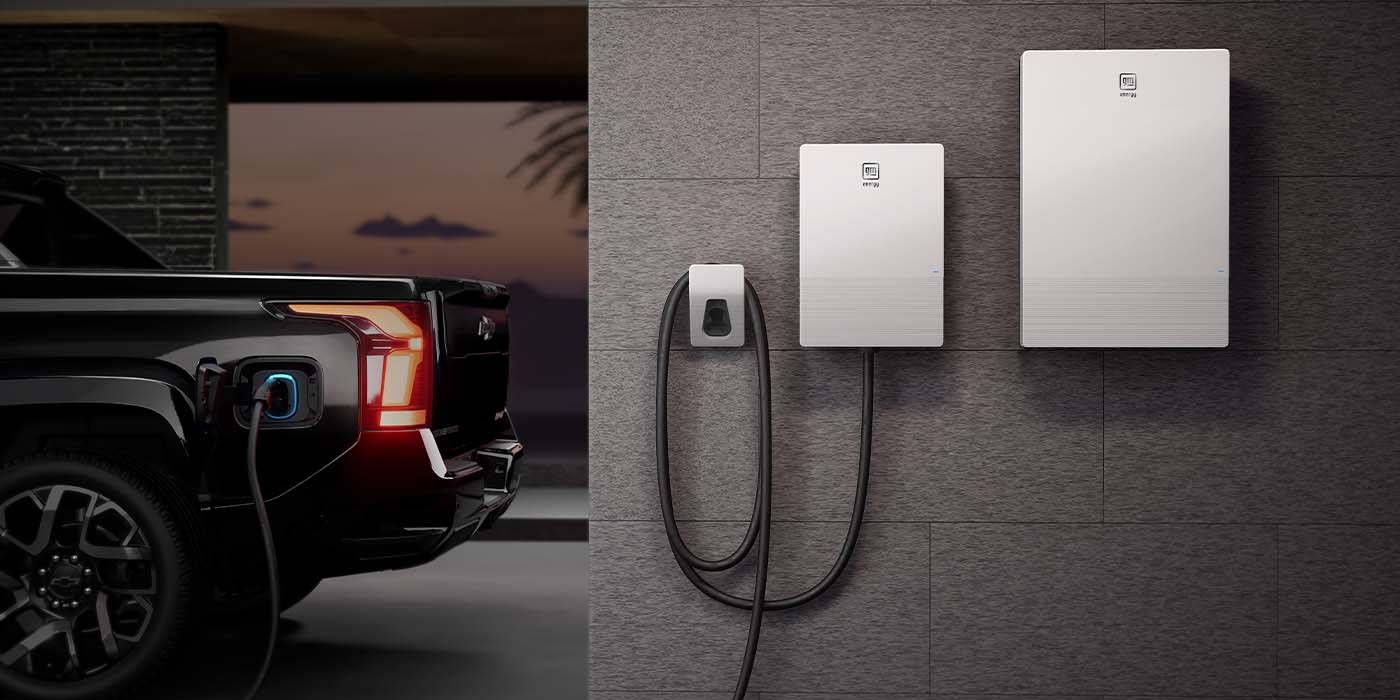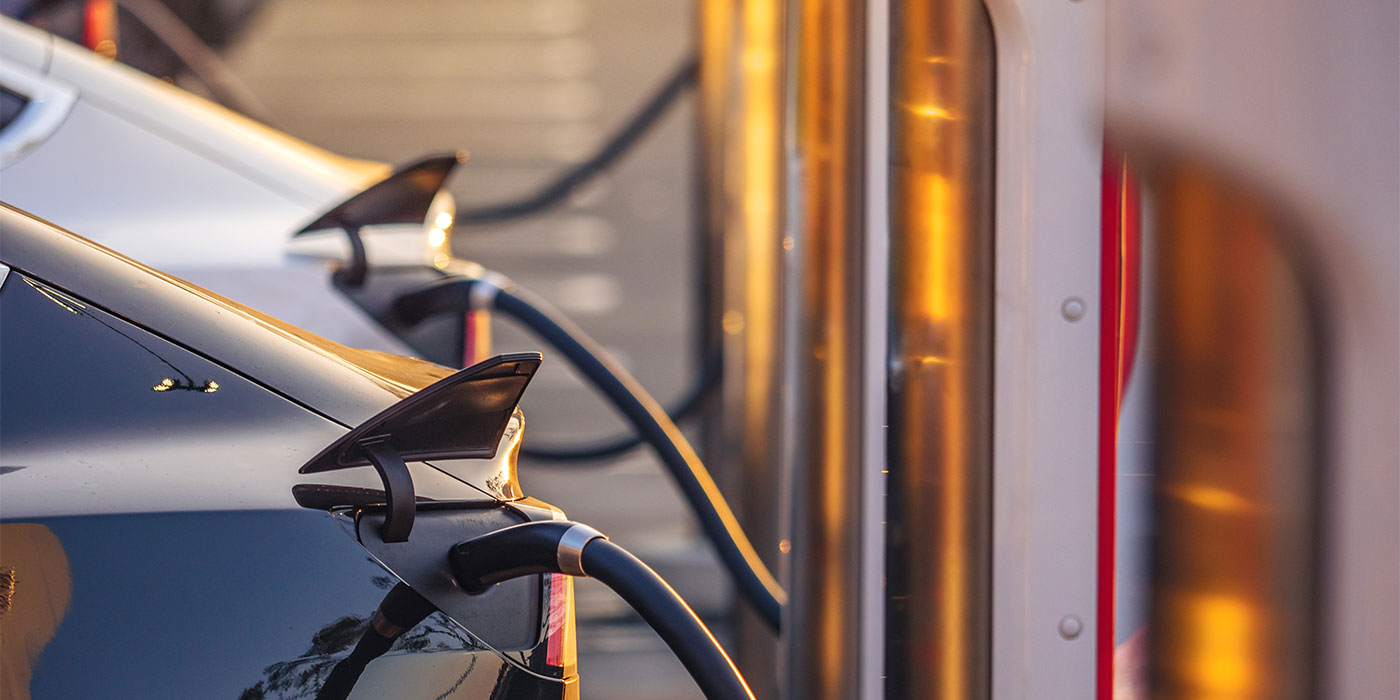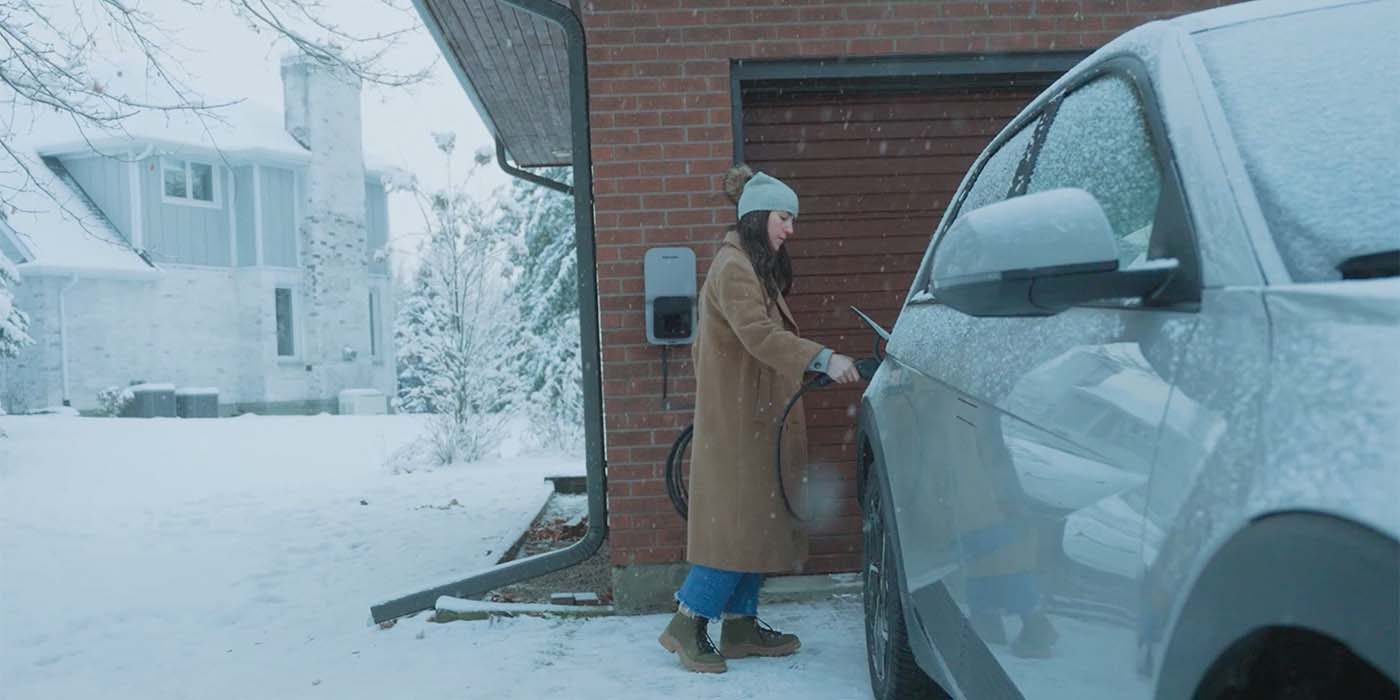If you want your shop to service electric vehicles, there is one piece of equipment you need to invest in for diagnostics and repair. It is not an electrically insulated glove – it is a charger. A charger can be a diagnostic tool when customers complain that their EV is not charging. Also, a charger can top off the high-voltage battery if you need to solve a drivability problem. Also, having a charger in the shop can avoid returning an EV to the customer with a low range.
It can be confusing when you start to explore options for your shop. Below are some of the most common questions about EV chargers.
Is it AC or DC?
The secret to any charging or rapid charging station is converting alternating current (AC) to direct current (DC). Most electric vehicles can convert AC to DC, but they can’t handle much power. AC electricity is excellent for sending power over long distances, but it is not great for charging batteries. DC power is great for charging batteries but can’t travel long distances through power lines. In addition, DC chargers can be costly.
Why can’t I use the charger that comes with the EV?
Most EVs do come with a charger in the trunk. This 110-volt cable is like using a space-saver spare tire to drive cross country. With these types of chargers, it might take eight to 10 hours to get a full charge. These types of chargers are classified as class one chargers.
It is recommended to use a class two AC charger at your shop. These chargers use 240 volts of AC power. These can charge the battery faster and allow you to diagnose the charging system on the vehicle. These chargers can also provide you with more information that can be used to analyze the charging system.
If you want to charge even faster, class three and four chargers that use DC can quickly charge an EV or plug-in hybrid. These rapid chargers can quickly charge a vehicle, but you may be required to upgrade your electrical service.
What Connector Should the Charger Have?
This is where things get complicated. The Society of Automotive Engineers (SAE) worked together to develop the standard J1772 connector that can handle level 1 (110-volt) and level 2 (240-volt) charging. With two additional connectors, the J1772 connector can handle DC power. Most electric vehicles use this type of connector, except for Tesla. Tesla charging ports use a proprietary connector and interface. But you can use an adapter to allow a J1772 connector for a Tesla.
Where Should You Place the Charger?
The location of your charging station is up to you, but there are some things to consider. Having an EV charger in your parking lot can attract new customers. But, it should not be a free service. Chargers on the market can take mobile payments and create another revenue stream at your shop. Some chargers can even play ads on their touch screens, like gas pumps. With some of these chargers, you can purchase it outright or lease the equipment through a company.
Public chargers can be vandalized. And, the charging cable can be cut off by people who want copper scrap. So, if you are going to make a charger available to the public, make sure it is in a safe location.
For a charger that is going to be used by technicians, it is better to have a charger in or outside the shop that is not accessible to the public. This charger should be at least a class 2 AC charger running on 240 volts. For this charger, you can use a home-style class 2 charger. The conventional placement is on the wall for most applications. The charging cable should be long enough to connect to most vehicles. But, remember that the power ports on EVs and hybrids do not have standardized locations. They can be found on front fenders, rear quarter panels and grilles.
What About Electricity?
Most class two chargers require a 240-volt single-phase power source. The unit can draw between 30-70 amps. You may have to use an electrical contractor to wire the unit. In addition, you might have to get a new service panel to handle the new charger. Some chargers will have NEMA plugs that can use the outlets used by tire changers and balancers.
If you are looking to install a DC charger, most of them will require a three-phase 480-volt connection. This might require changes to your electrical service and service panel.
Why a Charger?
This is the most challenging question to answer. However, EVs have opportunities that you can’t ignore. These opportunities include tires, suspension repairs and maintenance. If there is a sufficient population of EVs in your area, now is the time to try to attract these customers.
This story came from our sister brand, ShopOwner. Looking for more content like this? You can find it here.

